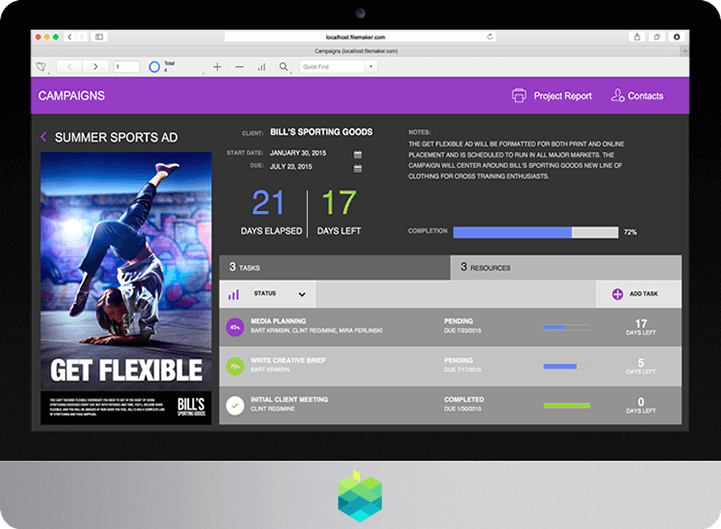

But developers who daydream in code will be delighted that they can now create a new script and simply start typing. Those of you who don’t spend hours every day scripting will be happy to know that you can continue to build scripts by pulling steps from the script step library. FileMaker Pro: Scripting and calculationsįor advanced developers, the most welcomed change in FileMaker Pro is likely to be the redesigned and renamed “script workplace”-in particular, the ability to enter scripts almost entirely from the keyboard. This lets you display the field label right inside the field, which, at least in some circumstances, can make for much cleaner data-entry interfaces. There are other improvements in the design tools, including some modest improvements to the handling of custom styles, but I do want to mention the new placeholder label. This is a great example of how a rather technical new feature, put to use properly by a developer, ultimately makes life easier for end-users. If you use button bars in FileMaker Pro 14, sort and export dialogs will display only data fields to users. The presence of those user-interface elements in the dialogs inevitably confuses users. This works okay but has an undesirable side-effect: when users are shown a dialog that lists the fields on the current layout-for example, the sort dialog-the fields used as objects will be listed, too, even though they are not data fields at all. The old way to get dynamically labeled buttons involved defining fields in a utility table, placing the fields on layouts and turning them into de facto buttons by attaching actions to them. There are many reasons why this matters, but one reason is that it makes it possible to change a button’s label simply by modifying the calculated result if you couldn’t do that, you’ve have to edit each instance of the button on possibly scores of layouts, one button at a time. Developers of large solutions often want their buttons to have calculated or dynamic labels.


Because button bar elements can generate labels from calculations, they are a very smart alternative to old-fashioned buttons.Įqually-if not more important-the button bar eliminates an old headache for developers and users alike. The new button bar makes it easy to create user attractive, consistent interfaces. The new button bar object eliminates most of the busy work, because the buttons in a button bar are defined as a set from the get-go. Invariably, however, you’d spend a lot of time fiddling with the placement of individual buttons. It’s always been possible to drop multiple buttons on a layout, then copy and paste them on another layout. A more significant new feature is a new layout object called a button bar.


 0 kommentar(er)
0 kommentar(er)
